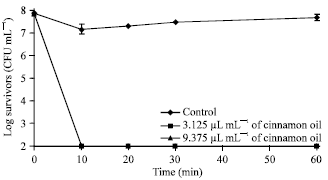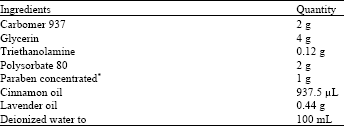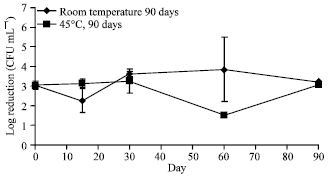Research Article
Antibacterial Activity of an Effective Spice Essential Oil Formulated in Foot Deodorant Gel against Bacillus subtilis
Faculty of Pharmacy, Mahasarakham University, Kantarawichai District, Maha Sarakham 44150, Thailand
Bhuddhipong Satayavongthip
Faculty of Science and Technology, Nakhon Ratchasima Rajabhat University, Muang District, Nakhon Ratchasima 30000, Thailand













